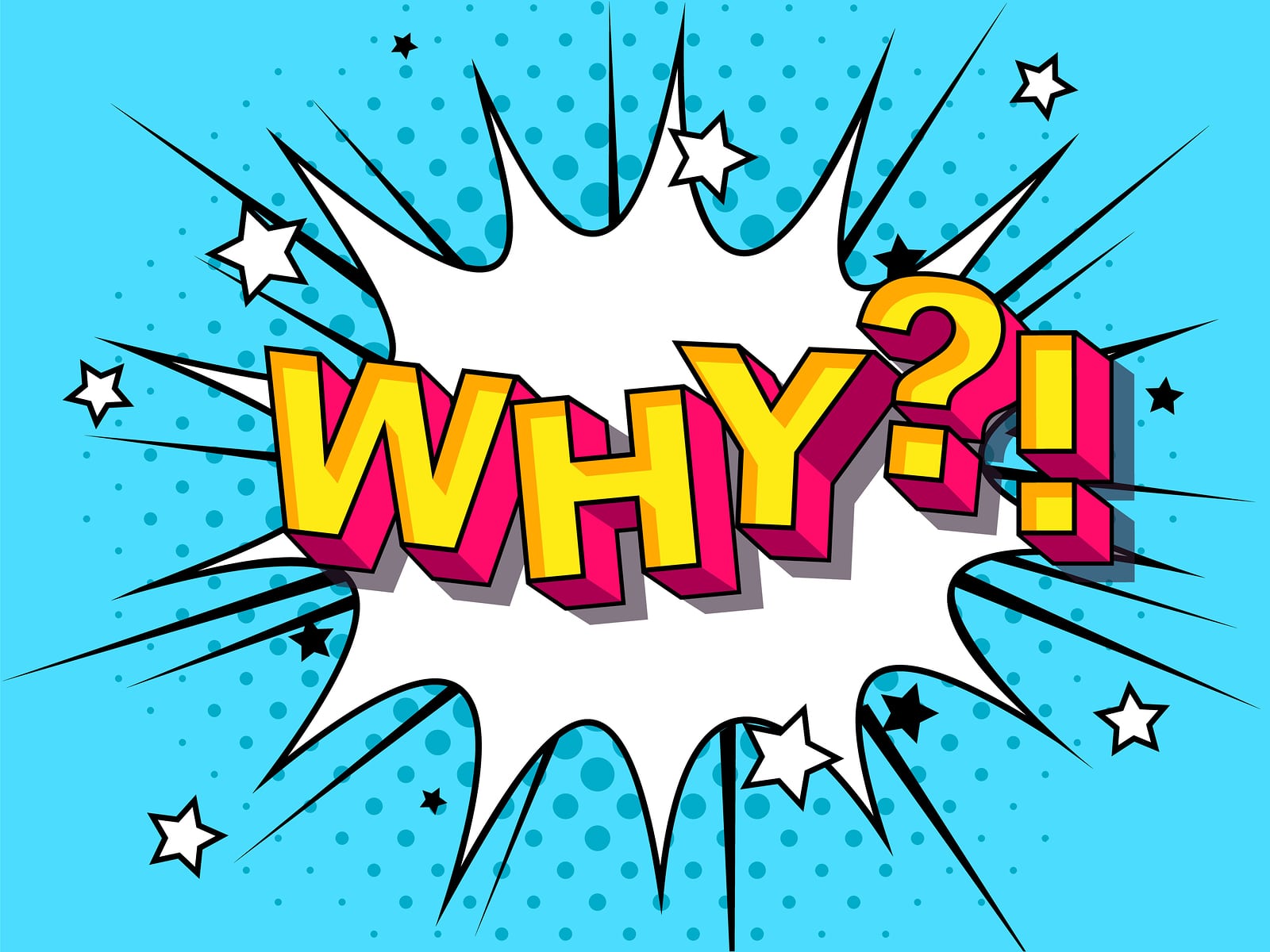Understanding the Individual vs. Society Conflict in ‘The Lottery’ by Shirley Jackson
Introduction: The Stakes of Tradition in ‘The Lottery’
Shirley Jackson’s 1948 short story “The Lottery” is a chilling exploration of the conflict between the individual and society. At its heart lies the story of Tessie Hutchinson, a woman who becomes the focal point of a brutal tradition in her small village. The narrative functions as a powerful critique of blind conformity, using Tessie’s struggle to question the morality of longstanding rituals. Understanding the main conflict between a character and society in “The Lottery” provides a lens through which to examine the dangers of unexamined traditions and the ethical dilemmas faced by individuals who challenge collective norms.

Source: blog.daisie.com
The Nature of the Conflict: Individual vs. Society
The predominant conflict in “The Lottery” is characterized as Man (or Woman) vs. Society . This external conflict is most clearly embodied in the character of Tessie Hutchinson, whose resistance to the town’s annual ritual highlights the dangers of unquestioned tradition and the power of social pressure. Throughout the story, the villagers uphold the lottery as a sacred custom, despite its violent outcome. The society’s unwavering adherence to this ritual, even as its original purpose has faded, sets the stage for a dramatic clash between personal conscience and communal expectation [2] [3] .
Tessie Hutchinson: The Embodiment of Dissent
Tessie Hutchinson emerges as the central figure in this conflict. Initially, Tessie appears to participate willingly in the lottery, much like her neighbors. However, when her family is selected, Tessie protests, insisting, “It isn’t fair, it isn’t right.” Her transformation from a compliant participant to a desperate challenger of the ritual underscores the internal and external pressures individuals face when confronting unjust social practices. Tessie’s protest is met with apathy and hostility, as the villagers-including her own family-quickly move to silence her dissent [1] [3] .
Example in Practice
Consider the pivotal moment when Tessie draws the marked slip of paper. Her challenge to the fairness of the process does not sway the villagers. Instead, their response grows more resolute, as they close ranks and proceed with the stoning. This illustrates the formidable power of groupthink and the peril faced by those who question it. Such a scenario echoes real-world situations where individuals who speak out against harmful traditions or policies often encounter overwhelming resistance from the majority.
Society’s Role: The Power of Tradition and Group Mentality
The village in “The Lottery” operates as a collective antagonist, enforcing conformity through unspoken rules and inherited customs. The tradition of the lottery persists, not because of its utility or moral soundness, but because “it has always been done this way.” Even suggestions for minor changes, such as replacing the old black box, are met with resistance, reflecting the community’s fear of disrupting the status quo [2] [4] .
Jackson’s narrative technique further emphasizes the dominance of the collective. The story opens with descriptions of the townspeople assembling, highlighting the group over any individual identity. This focus on the collective underscores the theme that, in the face of tradition, the individual voice is often drowned out by the majority [4] .
Real-World Applications
Such dynamics are not unique to fiction. In many societies, individuals who oppose entrenched practices-whether related to culture, religion, or policy-may encounter social ostracism or worse. For example, whistleblowers in corporations or government agencies often face retaliation for exposing unethical behavior. If you find yourself in a similar position, consider seeking support from advocacy organizations or legal counsel. While no direct link can be provided, you can research “whistleblower protection programs” or contact organizations that specialize in defending individual rights.
Internal Conflict: Loyalty vs. Survival
In addition to the external struggle, Tessie experiences significant internal conflict . Her loyalty to her community is pitted against her instinct for self-preservation. This duality reflects a broader truth: individuals often grapple with the tension between their values and the expectations of the groups to which they belong. Even as Tessie challenges the ritual, she does not question the lottery itself until she becomes its target, demonstrating the insidious nature of conformity [1] .

Source: teacherspayteachers.com
Strategies for Addressing Internal Conflict
If you face a similar dilemma, consider these steps:
- Reflect on your personal values and ethical boundaries.
- Seek advice from trusted friends or mentors outside the immediate group.
- Document your concerns and potential consequences of various actions.
- Explore support networks or professional counseling to clarify your position.
Challenges and Solutions: Breaking the Cycle
Challenging established traditions can be daunting, especially when the majority resists change. In “The Lottery,” Tessie’s fate illustrates how a single dissenting voice can be overwhelmed by the collective. However, history shows that persistent advocacy and coalition-building can eventually transform unjust systems. If you wish to address harmful traditions or practices in your own community or organization, you might:
- Build alliances with others who share your concerns.
- Educate members of your community about the origins and impact of existing practices.
- Propose incremental changes if wholesale reform meets resistance.
- Utilize established channels-such as town meetings, employee resource groups, or advocacy organizations-to raise awareness and foster dialogue.
While no direct government or advocacy links are provided here, you can search for terms like “community organizing resources” or “advocacy group directories” to identify potential partners and support structures. Consider contacting local civic organizations or searching for national groups that focus on social justice and reform.
Alternative Approaches and Lessons Learned
Not all challenges to tradition must be confrontational. In some cases, gradual change through education and dialogue can be more effective than direct opposition. For example, introducing alternative rituals or fostering critical discussion about existing practices may prompt a community to reconsider long-held beliefs. If you are seeking to inspire change, consider starting with small, achievable reforms and encouraging open conversation about the reasons behind them.
Key Takeaways
- The main conflict in “The Lottery” is the struggle between Tessie Hutchinson (the individual) and her society (the collective), centered on the community’s blind adherence to tradition.
- This conflict highlights the dangers of conformity and the challenges faced by those who question entrenched practices.
- Real-world parallels exist wherever individuals confront unjust or outdated societal norms.
- Addressing such conflicts requires courage, support, and strategic action, often beginning with education and alliance-building.
- If you are facing a similar situation, consider seeking support from advocacy groups, professional counselors, or legal resources. Conduct research using specific keywords related to your issue and contact reputable organizations in your area.
References
- [1] GradesFixer (2024). Internal Conflict in “The Lottery” by Shirley Jackson.
- [2] eNotes (2024). Character analysis and roles of protagonists in Shirley Jackson’s “The Lottery”.
- [3] Studocu (2023). How is Man vs. Society portrayed in “The Lottery”?
- [4] SparkNotes (2025). The Lottery: Full Plot Analysis.



